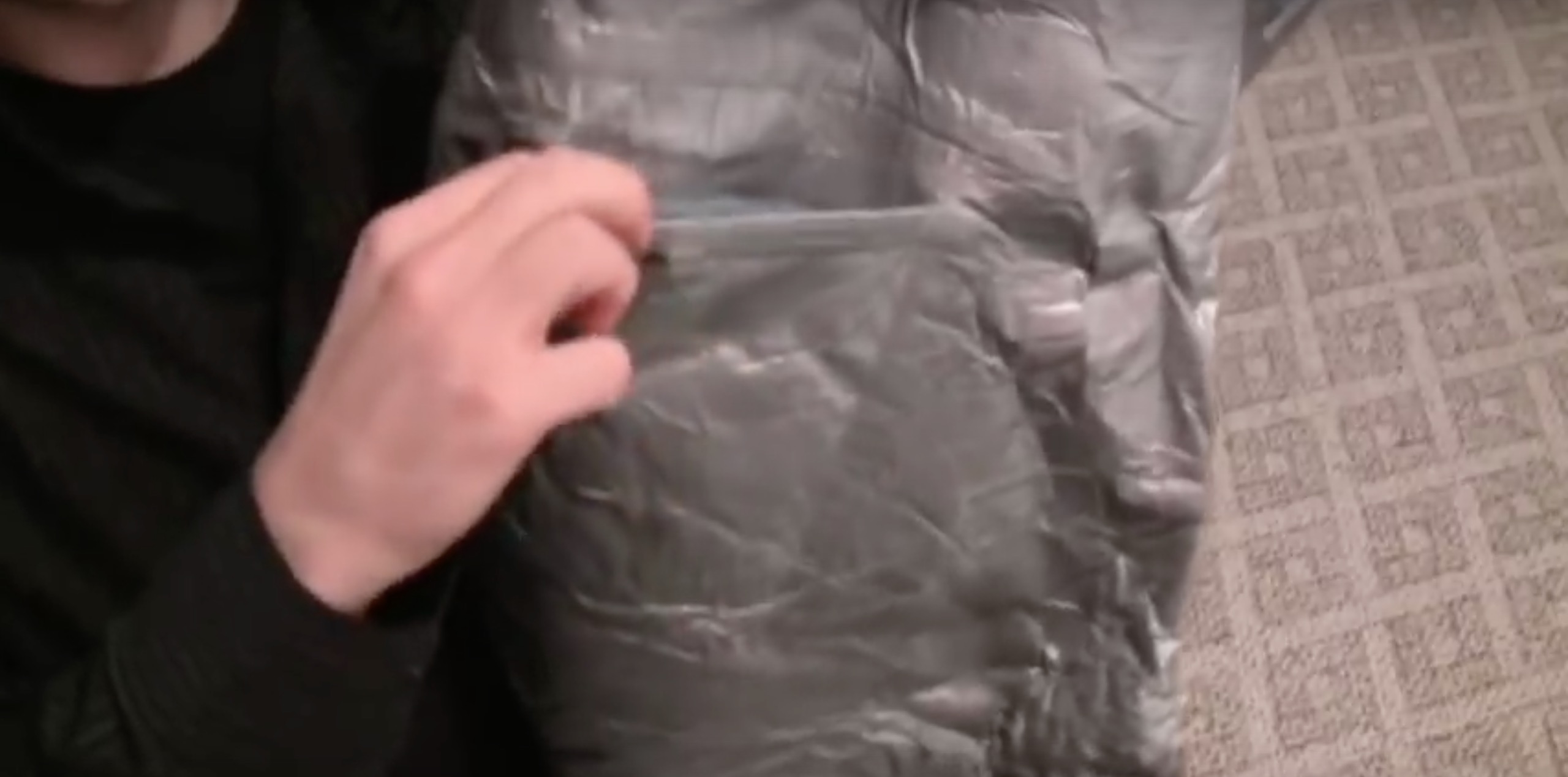Besides your typical patching jobs, duct tape can be utilized for everything from medical emergencies to shelter. It can get you out of many sticky situations, no pun intended. It doesn't take up much space either so it’s easy to throw into your pack when heading outdoors.
A Few Survival Uses for Duct Tape
Let’s suppose you’ve just arrived at the campsite and you notice a little tear in your tent. All you have to do is to cover the hole using a patch of duct tape and to make it extra-safe, mirror the patch on the inside.
You can make a rope using duct tape, did you know that? And if you wonder how, well, you’ll just have to twist one or more lengths of “duck tape” into a rope/cord of sorts.
As per its initial moniker, “duck tape” is excellent for waterproofing your gear in a survival situation, hence pretty much anything (food, money, survival gear) can be waterproofed using duct tape, including leaving a (waterproofed) note for rescue teams/family members.
In a very harsh winter survival scenario, you can use duct tape to cold-proof your boots. By applying duct tape on the insoles of your boots (silver side up) you’ll basically perform an insulating job.
It is not uncommon for people to lose their minds in a crisis situation and here duct tape restraints come into play.
Duct tape can be used for keeping the feathers inside a punctured sleeping bag.
You can reseal partially opened food containers (yes, it works for cans too) with duct tape.
If you have a tent with a damaged zipper, its door will flap in the wind, making you cold and miserable. But with duct tape, you can stick the door shut in a jiffy, keeping the cold and the bugs out.
Duct tape is excellent for sealing leaks, as in stopping leakage from a pierced container, like a cracked bottle or a hydration ladder.
You can also stabilize a broken limb using duct tape. Using duct tape and padding, together with splint material, you can DIY a rope or a holder for keeping your broken arm into place.
You can use it for repairing a broken fishing pole or tent pole with a little bit of duct tape.
You can improvise a medium-range weapon from a tent pole and a knife by strapping the latter to the former using—guess what!
Shelter can also be improvised with a little help from your trustworthy duct tape and a couple of trash bags. Putting the two together, (duct tape + trash bags) you’ll end up with a wind-break, a survival shelter-roof or a sleeping bag cover.
DIY Projects to Try
During rainy days, you can always wear duct-tape pants, especially if you’re out of rain gear. Here’s a video about how to make them.
Also, you can DIY duct tape pouches, which are fairly easy to manufacture and, most importantly, they’re also waterproof. You’ll not have to worry about your gear getting wet. Here’s how to DIY a knife-sheath with duct tape.
Speaking of improving one’s life, duct tape is excellent for building hammocks. If you think I’m kidding, well, click here and you’ll learn how to make your own hammock for camping trips and what not. Shoes made using duct tape are every bum’s dream, but joking aside, having proper footwear in a survival scenario may save your life some day. Click here and see how it’s done using just cardboard and “duck tape”.
And since we’re in the survival racket, you can DIY a duct tape fish net, just like Jesus said: give a man a fish and you’ll feed him for a day. Teach a man how to fish using a duct tape fish net … you know the rest; just click here.
Duct tape also works great for bandaging wounds or to affix bandages and even for blister care. The blistered area should be covered with some cotton glaze, then duct-taped.
Have you used duct tape for any of these uses? What other ways have you found duct tape to be valuable?
Article Source: Survivopedia
